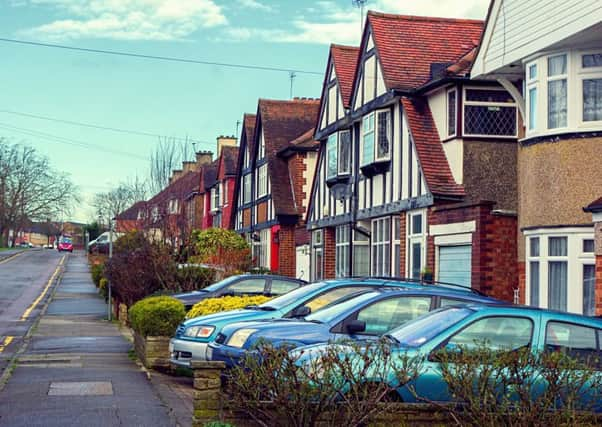Five top tips for driveways


1. A front garden can add considerable value to your home if it’s turned into off-street parking, especially in expensive urban areas. Depending on the size of the garden and the number of cars your household has, you may not want to turn the whole front garden into parking, but being able to park there can make life much easier if your street is overcrowded and/or you need a parking permit to do so.
2. The good news is, you can often create (or replace) a driveway without obtaining planning permission. The key is drainage - if you use a porous material, such as gravel, permeable asphalt or permeable block paving, you won’t usually need planning permission. Nor will you if the off-street parking is constructed to allow rainwater to drain to a border or lawn. However, if you’re covering an area of more than five square metres in an impermeable material and rainwater won’t be able to drain to a permeable area, planning permission will be required. These rules apply to the land between the house’s front walls and the road.
Advertisement
Hide AdAdvertisement
Hide Ad3. The rules also only apply to houses with permitted development (PD) rights. If you live in a flat or maisonette, it doesn’t have PD rights, so you’ll have to apply for planning permission for off-street parking. The same goes if your house has had its PD rights removed by an Article 4 direction, which often happens in conservation areas. Click on the Interactive House at www.planningportal.co.uk to find out more, and ask your local council if in doubt.
4. If your front garden is already paved or partially paved, you may think it can be used for parking. However, unless the paving was designed for parking on, it probably won’t be suitable because it won’t have enough hardcore underneath to take the weight of a car, for example. If you have some off-street parking and want to extend it, this may seem straightforward but often isn’t. It may be hard to match the existing paving material, especially if it’s been there some time and has weathered, and the driveway may not have been constructed properly in the first place, in which case it’s better to start from scratch - trying to add new to old can be a false economy.
5. As well as the driveway, you’ll need a dropped kerb so you can get on and off it easily in your car. Planning permission is usually required for a dropped kerb and the local council will have to do the work, often charging a lot for it. The pavement may also need to be altered - it may have to be strengthened or angled differently, for example. You may be refused planning permission for off-street parking (if permission is required) and the dropped kerb if, say, your front garden is considered too small, or your house is by a bend in the road, so consult the council at an early stage.